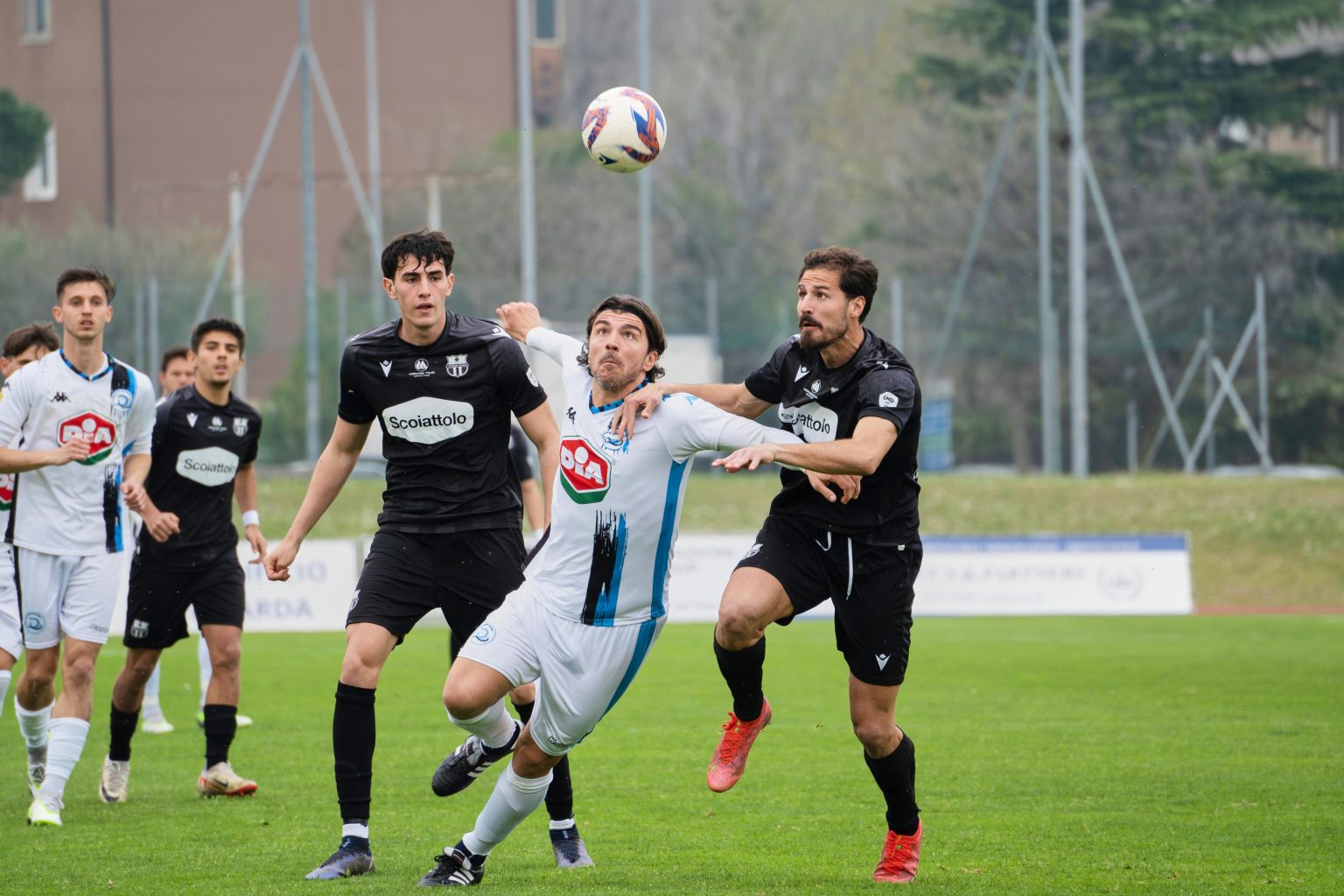When fans watch soccer, their attention often gravitates towards flashy forwards and goal-scoring maestros. Yet beneath the glittering spectacle lies a less-celebrated but incredibly influential role: the defensive midfielder. This player doesn’t always dominate headlines, but their contribution is pivotal. Let’s explore inside the mind of a defensive midfielder, examining what makes their role essential among various soccer positions.
The Core Responsibilities of a Defensive Midfielder
At its heart, the role of a defensive midfielder is multifaceted, requiring both physical robustness and tactical intelligence. Their responsibilities include:
- Shielding the Defense: Acting as a barrier, defensive midfielders reduce the pressure on defenders, breaking up attacks before they become critical.
- Ball Distribution: They frequently initiate counter-attacks by transitioning possession smoothly from defense to attack.
- Tactical Discipline: Ensuring positional discipline, they maintain team structure, especially crucial during defensive phases.
These core duties make the defensive midfielder position unique, demanding versatility and constant alertness.
Strategic Positioning: The Silent Influence
One of the least visible yet most impactful aspects of a defensive midfielder’s role is their strategic positioning. Unlike forwards or wingers who visibly sprint and maneuver, defensive midfielders subtly adjust their positions based on numerous factors, including the ball’s location, the opposing team’s formation, and their teammates’ movements.
This positional intelligence isn’t flashy; it’s cerebral. Top defensive midfielders, like Rodri from Manchester City or Casemiro formerly of Real Madrid, read the game like chess masters. They anticipate opponents’ passes and moves, closing off passing lanes and forcing rivals to reconsider their strategies.
Physical and Mental Attributes Required
The demanding nature of this position calls for distinct physical and mental attributes:
- Endurance and Stamina: Constantly covering vast areas of the field, defensive midfielders need exceptional stamina to sustain high performance throughout a match.
- Strength and Aggression: Winning physical duels and aerial battles often hinges on their strength and controlled aggression.
- Composure and Decision-Making: Under high-pressure scenarios, a calm and measured approach to decision-making is indispensable. Missteps can leave their team vulnerable, so clarity of thought is essential.
Players excelling in these attributes embody the ideal defensive midfielder, demonstrating resilience in both body and mind.
The Psychological Game
Soccer, particularly for defensive midfielders, is as much psychological as it is physical. Defensive midfielders must remain intensely focused, aware of every subtle shift in momentum. Their mental approach often dictates the pace and stability of the entire team.
Consider Sergio Busquets, widely recognized for his mental sharpness. His game intelligence and psychological acumen allow him to dominate matches not through speed or strength alone, but through strategic thinking and positioning. Such players often direct teammates, positioning them strategically, thereby enhancing the team’s collective efficiency.
The Importance of Communication
Effective communication is another cornerstone of the defensive midfielder’s toolkit. As the fulcrum between defense and offense, clear communication helps maintain structural coherence. These players routinely instruct defenders on approaching threats and alert attacking teammates about potential counter-attacking opportunities.
Vocal leadership within this role improves collective responsiveness, reducing mistakes and enhancing the team’s defensive solidity.
Influence Beyond Defense: Transitioning Play
Defensive midfielders significantly influence offensive actions through seamless transitions. After regaining possession, their responsibility shifts to advancing play. Players like Fabinho at Liverpool exemplify how crucial quick, precise passes are in launching swift counter-attacks.
Moreover, a defensive midfielder’s ability to hold the ball under pressure and maintain possession provides teammates valuable time to reorganize, regroup, and strategically position themselves offensively.
Tactical Flexibility and Adaptation
Today’s top teams thrive on adaptability, and the defensive midfielder role exemplifies this trait. These players must quickly adjust to tactical changes, whether shifting from a single pivot to a double pivot formation or adapting to the specific demands posed by varied opposition strategies.
Their versatility extends beyond merely adjusting to immediate game scenarios. Skilled defensive midfielders can occupy different tactical roles, occasionally pushing forward to support attacks or dropping deeper as auxiliary defenders when their teams face intense pressure.
Famous Examples: Learning from the Best
Studying celebrated defensive midfielders offers rich insights into the tactical and mental qualities required in this position. Claude Makélélé famously reshaped how defensive midfielders were viewed, so influential was his playing style that the position is often referred to as the “Makélélé role.”
Similarly, N’Golo Kanté’s relentless work ethic and positioning sense transformed midfield stability at Leicester City and Chelsea, becoming a template for aspiring defensive midfielders. These players underline how mental acuity, consistency, and tactical intelligence elevate this position.
Youth Development and Role Importance
The prominence of the defensive midfielder role at youth development levels underscores its long-term strategic importance. Coaches often identify youngsters with particular traits such as intelligence, composure, and leadership, nurturing these skills to mold effective defensive midfielders from an early age.
Academies worldwide emphasize the importance of understanding this pivotal role, highlighting both the mental and physical aspects necessary for mastering it.
Tactical Innovations and the Evolution of the Position
Soccer continuously evolves, and the role of the defensive midfielder is no exception. Modern tactical innovations emphasize fluidity and interchangeability across soccer positions. For defensive midfielders, this evolution demands increased versatility, compelling them to master multiple positional responsibilities.
Recent tactical trends have seen defensive midfielders playing hybrid roles, blending traditional duties with additional attacking responsibilities. This flexibility not only enriches team dynamics but also broadens the strategic possibilities available to coaches.
Balancing Defense and Attack: A Delicate Art
Successfully balancing defensive responsibilities with initiating attacks epitomizes the art of the defensive midfielder. The intricate nature of this balance lies in knowing precisely when to commit forward and when to hold position, an intuitive skill honed through experience.
Players adept at this balance become indispensable, effectively linking defensive solidity with offensive fluidity, significantly enhancing overall team performance.
When you and your friends organize a game after another, you see those defensive midfielders like smart dancers, freely shuttling between defense and offense, and controlling the rhythm of the game with their skills. How can you not be impressed by their wonderful performance?
You can customize exclusive medals for these defensive midfielders who silently dedicate themselves on the football field. Custom medals can be based on the shape of a football, and the surface is inlaid with a shield and a golden sword symbolizing defense and offense. The edge of the medal is engraved with fine football patterns, highlighting the unique charm of football.
This is not only a recognition of their superb skills, but also a high respect for their contribution to the team.



